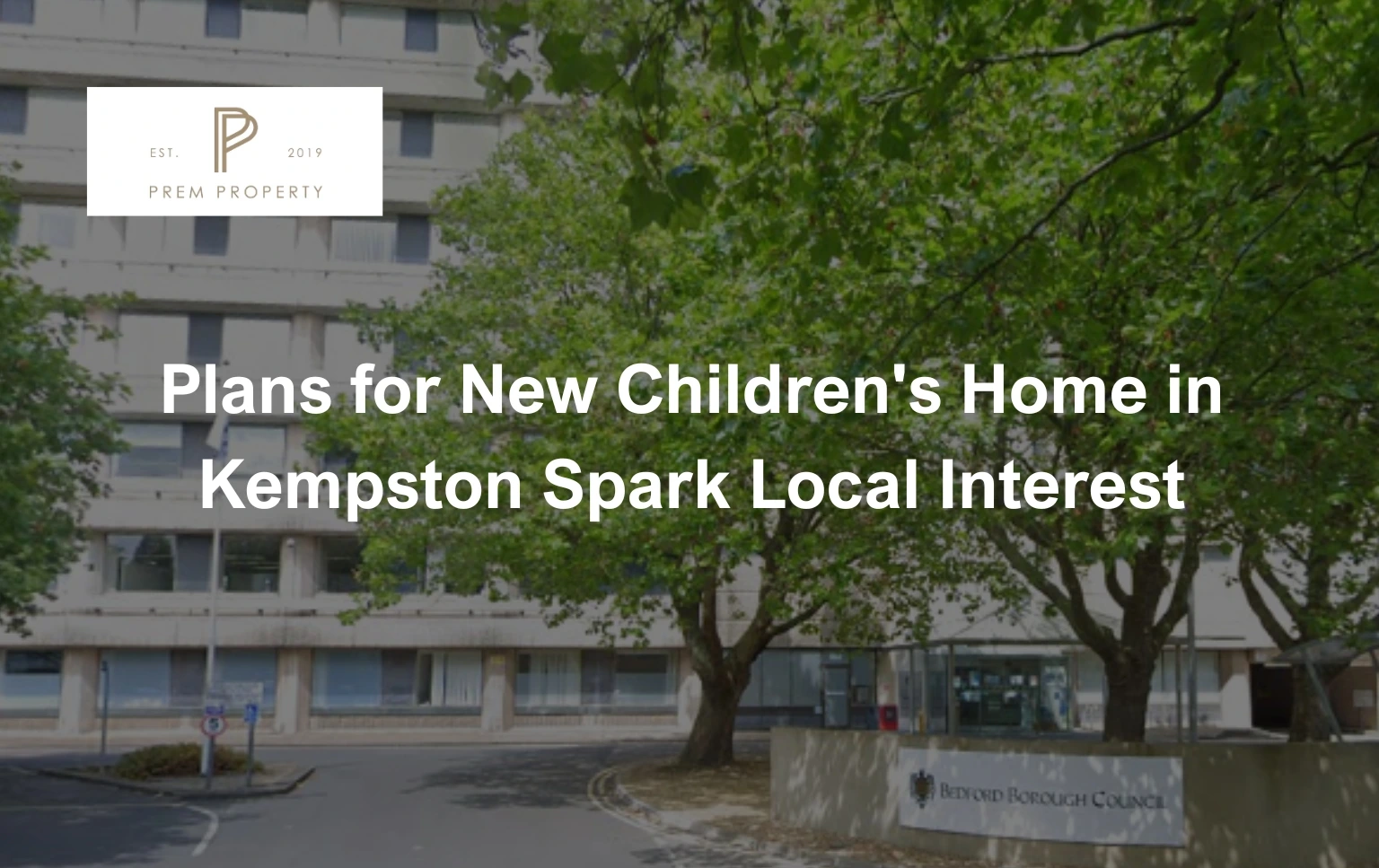A six-bedroom detached house in Kempston could soon provide a safe and nurturing environment for vulnerable children, following a recent planning application to convert the property into a registered children’s home. The proposal, submitted to Bedford Borough Council, outlines a vision for transforming the private residence on Littledale Street into a small, supportive care facility for children experiencing difficult life circumstances.
If approved, the development could offer much-needed stability and care to children facing challenges such as family breakdowns, abuse, neglect or learning difficulties. This move has already generated a mixture of curiosity and concern among residents. Still, proponents argue the project is essential for delivering compassionate care where it is most needed.
Creating a Home, Not Just a Facility
The proposed children’s home in Kempston wouldn’t be a large institution, but rather a small, community-based residence. According to the applicant, the house would accommodate up to three children at any given time, with a care model focused on medium to long-term placements.
This approach is designed to mirror the rhythms of family life. The goal is to foster a sense of belonging, security and normalcy for the children, enabling them to grow and thrive in a stable environment. Unlike temporary placements or large residential facilities, this smaller, home-style setting offers a personalised approach to care, tailored to each child’s emotional and educational needs.
The children are likely to be referred by local authorities, including Bedford Borough Council, based on a wide range of social care needs. This could include trauma from past experiences, behavioural issues or simply the need for a more consistent and supportive environment.
From Family Home to Caring Institution
Currently, the house on Littledale Street includes six bedrooms. Under the proposed plan, five of these will be used as individual bedrooms for children. At the same time, the sixth will be converted into an office for staff or carers. A registered care manager would manage the home, and all staff would undergo thorough training in safeguarding, fire safety, first aid, and general health and safety practices.
Importantly, the home is expected to be regulated by Ofsted, ensuring that it meets national standards for care and safety. Once registered, it will operate under Class C2 usage, which covers residential institutions such as care homes, hospitals, and nursing homes.
This type of regulation ensures transparency and accountability, helping to reassure the public that high standards of care will be maintained at all times.

Community Integration Is Key
A major emphasis of the proposal is on integrating the children into the local community. They will be encouraged to attend nearby schools and participate in extracurricular activities. Whether it’s joining a football club, learning music, or volunteering locally, the children will have opportunities to engage with others their age and develop social skills in real-world settings.
Visiting arrangements have also been carefully considered. Family members will be allowed to see, but visits will be conducted in a structured and controlled manner. As stated in the planning documents, most visitors will be expected to leave by 8 pm to ensure a consistent routine is maintained.
This considered approach seeks to strike a balance between the children’s need for family contact and the importance of maintaining a calm and structured living environment.
Addressing Concerns from the Community
Naturally, not every resident has welcomed the proposal with open arms. As with many such plans, there have been concerns about how the change might affect the neighbourhood’s character, parking availability, and overall safety. However, the planning statement submitted by the applicant stresses that the shift from a private dwelling to a children’s care home would not lead to significant disruptions.
“In character and land-use terms,” the application notes, “the proposed Class C2 use would be very similar to a Class C3 family home.”
This means the property will still function much like any other home in the area. The children will attend school, go on outings, and live with caring adults, much as they would in a typical family setting. The number of children and staff on-site will be limited, so the day-to-day impact on the neighbourhood is expected to be minimal.
Additionally, the home will operate under a clear code of conduct, ensuring that all staff maintain professional standards and that the home integrates harmoniously into the area.

A Growing Need for Local Children’s Homes
One of the reasons this application has come forward is due to the growing demand for children’s homes in the Bedfordshire area. As local authorities continue to face increasing pressure to find suitable placements for children in care, more small-scale, community-based dwellings are needed.
Many children in care are currently placed far away from their families, friends, and schools, which can worsen feelings of isolation and instability. By opening a children’s home in Kempston, the aim is to provide local placements that keep children closer to their roots and support networks.
This aligns with Bedford Borough Council’s broader strategy of promoting early intervention, family reunification, and community-based care. The proposed home could serve as a vital resource in delivering these objectives.
Local authorities have long advocated for care settings that feel more like real homes rather than institutions, and this application supports that vision.
Planning Timeline and Next Steps
The application, filed under reference 25/01380/COU, is now available to view on the Bedford Borough Council’s planning portal. Members of the public have until Wednesday, 13 August 2025, to submit their comments or objections.
Once the consultation period ends, planning officers will review all feedback before making a recommendation. If the application is approved, the children’s home could be operational within months, bringing a new chapter to this quiet Kempston street.
The timeline will depend on council deliberations, Ofsted registration, and final preparations within the home. Still, supporters remain optimistic about the potential for change.
Final Thoughts
At its heart, this proposal is about more than just changing the use of a property. It’s about giving children in difficult circumstances a second chance—an opportunity to heal, grow, and succeed in a setting that feels like home.
By offering a family-style environment, qualified care and a sense of belonging, the children’s home in Kempston could become a beacon of hope for some of Bedfordshire’s most vulnerable young people. While it’s understandable that change can bring uncertainty, it’s worth remembering that every child deserves a place where they feel safe, supported, and seen.
As the community considers the future of this house on Littledale Street, perhaps the most important question isn’t how it might change the area—but how it might change the lives of the children who call it home.

